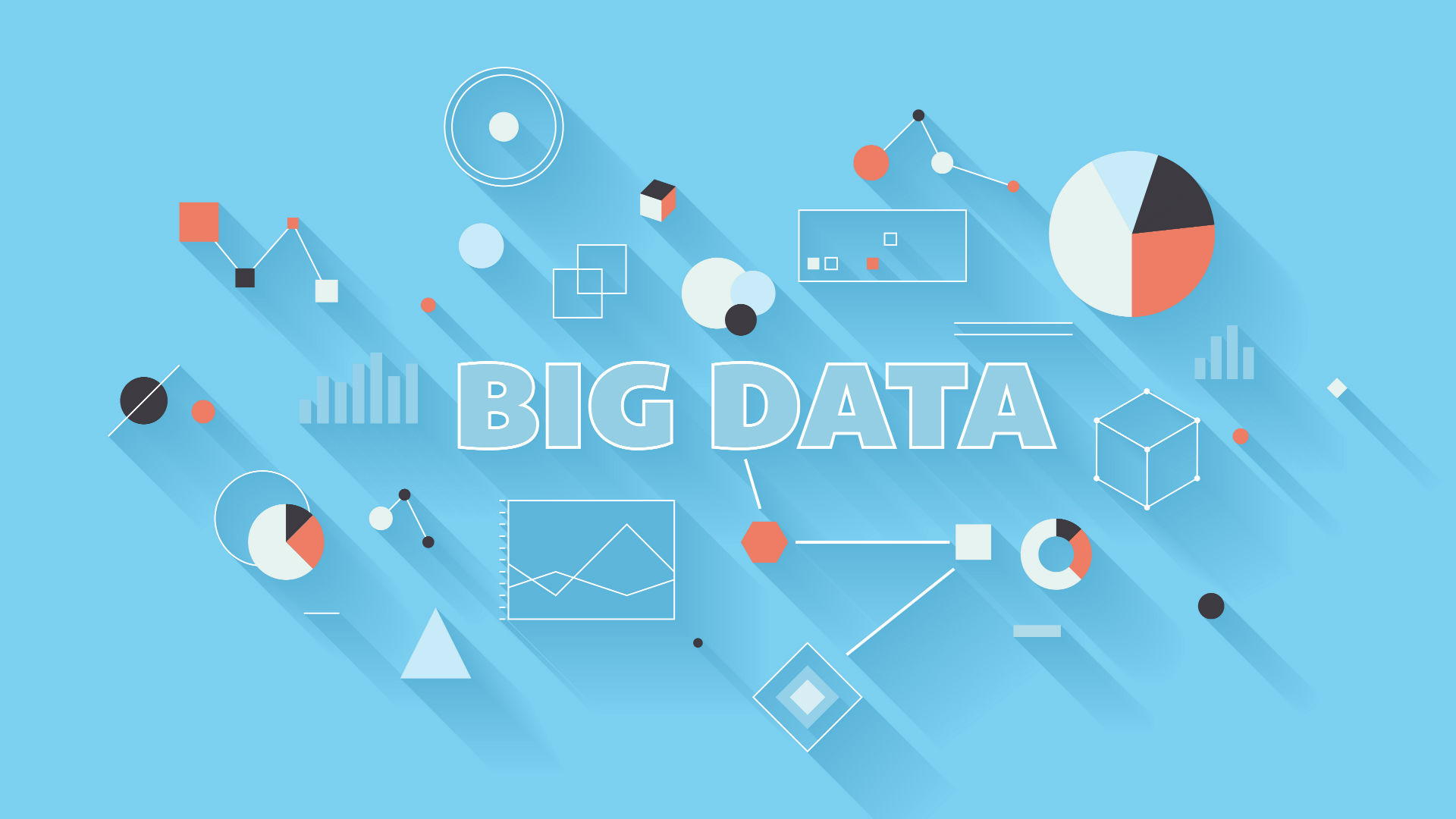In the vast expanse of the life sciences sector—a realm often likened to an intricate tapestry—each thread represents a unique facet of research, patient care, and discovery. The arrival of big data analytics in this sphere is akin to introducing a masterful weaver who transforms a disparate collection of threads into a seamless, compelling narrative. This evolution is not merely a technological upgrade; it is a renaissance, propelling the industry into a new epoch of innovation and precision.
At the very heart of this transformation lies the colossal volume of data generated daily in the life sciences arena. From genomic sequences to clinical trial outcomes, the deluge of information can often feel overwhelming—like a roaring river teeming with nutrients yet obscured by turbulence. However, just as a skilled sailor navigates through tumultuous waters, data analytics holds the key to unlocking the treasures hidden within this deluge. By employing sophisticated algorithms and machine learning techniques, researchers can distill vast oceans of data into insightful, actionable intelligence.
Consider, for example, the sequencing of the human genome, which has unraveled the genetic blueprints of our existence. This monumental achievement could have been an exercise in futility without the power of analytics. Through rigorous data processing techniques, scientists can identify patterns and anomalies within the genetic code, leading to a deeper understanding of inherited diseases. The ability to map intricate genetic variations empowers researchers to create personalized medicines, tailored not only to the disease but to the individual patient’s unique genetic makeup.
Moreover, clinical trials—traditionally seen as laborious and time-consuming processes—are experiencing a seismic shift thanks to big data analytics. The integration of real-time data from various sources, including electronic health records and wearable devices, allows for adaptive trial designs. This methodological flexibility can drastically reduce the time it takes to bring new drugs to market. Instead of a rigid, linear pathway, clinical trials have transformed into dynamic proofs, capable of responding to emerging data trends as they arise.
The pharmaceutical industry is also undergoing a metamorphosis, driven by the confluence of big data and artificial intelligence. Drug discovery, a historically sluggish and uncertain endeavor, is morphing into a more agile and informed process. Advanced predictive modeling techniques pave the way for recognizing potential drug candidates that exhibit high efficacy in treating targeted conditions. This is akin to having a crystal ball, offering glimpses of possibilities that would otherwise remain veiled in uncertainty.
Jumping into the realm of public health, we can observe another compelling application of big data analytics. The ability to monitor epidemiological trends in real-time has proven invaluable, particularly during public health crises like the COVID-19 pandemic. Through the synthesis of data from social media, search engines, and health records, organizations can visualize the spread of disease and deploy resources strategically. Think of it as assembling a jigsaw puzzle, where analytics help piece together disparate data into a coherent picture of community health.
Additionally, the unique appeal of big data analytics lies not just in its capabilities but also in its ethical obligae to advance the life sciences responsibly. As the industry delves deeper into data utilization, it must tread carefully through the labyrinth of regulations and ethical concerns surrounding patient privacy and data security. Patients need assurance that their personal health information is safeguarded, and that data is used transparently for the common good. Building trust is paramount; it is the bridge that connects technological advancement to societal acceptance.
The ecosystem of life sciences is, therefore, not merely a landscape of assets and resources; it is a vibrant organism that thrives on collaboration and innovation. Interdisciplinary partnerships are becoming increasingly common as statisticians, computer scientists, and life scientists join forces. This melting pot of expertise fosters creativity, enabling the development of new solutions to complex challenges that have long dogged the industry.
Furthermore, as the tableau of big data continues to unfold, the sustainability of the life sciences sector is being recalibrated. Efficient resource management—enhanced by data-driven insights—allows for more effective use of existing materials and energy. For example, predictive analytics can enhance the supply chain, allowing pharmaceutical companies to minimize waste and optimize production resources. Picture a finely tuned orchestra, where every instrument knows its cue, playing in perfect harmony to achieve a common goal.
As we venture further into the future, the possibilities appear both boundless and exhilarating. With advancements in sources of data—ranging from genomics to environmental factors—there’s an entire universe of exploration awaiting the industry. The energy driving this evolution is electric; it is the pulse of innovation that can ultimately lead to breakthroughs unimaginable just a decade ago. In this narrative, each stakeholder plays an integral role in harnessing big data analytics—not just as a tool, but as a catalyst for transformative change.
In summation, the leap into big data analytics is a clarion call for the life sciences industry, urging it to embrace a future characterized by intelligence, flexibility, and ethical responsibility. Just as a skilled artificer envisions the final masterpiece within a block of marble, the industry is now equipped to sculpt profound advancements born from its data. This journey is a shared odyssey, culminating in a healthier, more enlightened society, where the benefits of big data analytics reverberate across generations.
